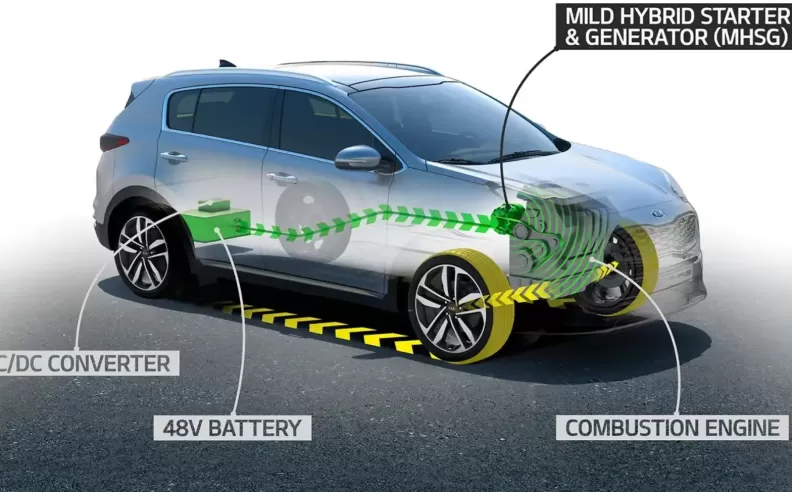
In recent years, the automotive industry has seen a significant shift towards more sustainable and efficient vehicles. Among these advancements are mild hybrid engines, a technology that bridges the gap between traditional internal combustion engines and fully electric powertrains. This article will delve into what mild hybrid engines are, how they work, and why they are gaining popularity in the automotive landscape.

A mild hybrid engine, also known as a power-assist hybrid or MHEV (Mild Hybrid Electric Vehicle), is a type of hybrid vehicle that incorporates an electric motor and a small battery into a conventional combustion engine setup. Unlike full hybrids or plug-in hybrids, mild hybrids cannot drive solely on electric power. Instead, they use the electric components to assist the internal combustion engine, primarily during acceleration and cruising, thereby improving fuel efficiency.
The key components of a mild hybrid system typically include:
Benefits of Mild Hybrid Engines
Mild hybrid engines represent a stepping stone towards more sustainable transportation solutions. By integrating electric power with conventional engines, automakers can deliver tangible improvements in fuel efficiency and emissions reduction without requiring drivers to switch to fully electric vehicles. As technology continues to evolve, mild hybrid systems are expected to play a significant role in the transition towards greener and more efficient mobility.

Wael is an automotive content writer specializes in creating written content for Motor 283. Producing a wide range of content, including blog posts, articles, product descriptions, reviews, and technical guides related to cars, trucks, motorcycles, and other vehicles, with an unprecedented passion for cars, and motorcycles.
